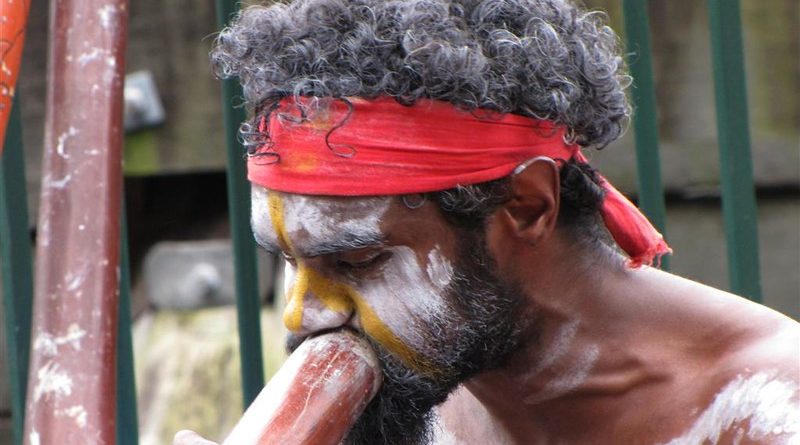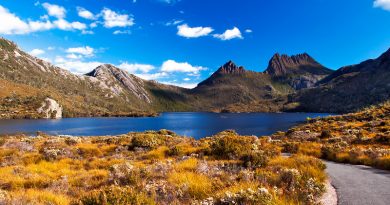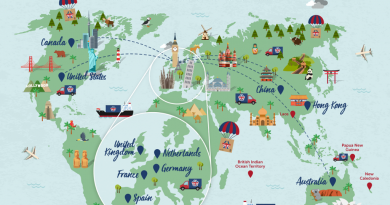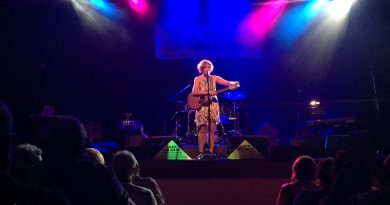Stolen Generation: The brutal history of Australia’s Aborigine People
History Facts
When: Aborigines were murdered and evicted from their own lands from 1788 – 1900 & are still victimised
Where: Throughout Australia, in Tasmania the tribe was wiped out
A ‘Land Without People’
Despite the presence of native inhabitants, Australia in 1788 was declared void by the British First Fleet of any pre-existing civilisation under the doctrine of terra nullius – essentially, a land without people. Without recognisable systems of ruler and ruled, of religious ceremony or worship, of permanent settlement, ownership and organised trade, the land was deemed to be empty.
The devastating effects of this assumption are still felt today. It has meant that the land to which the Aboriginal people are bound by intricate webs of totemism (clans who believe in totems – revered natural objects) has been cleared and developed, its natural resources depleted and its spiritual significance disregarded. Though having no notions of private property in the European sense, the native Australians were in fact fiercely territorial, dependent upon their ancestral land for both physical and psychic survival.
The basis of this intensely spiritual relationship with the land -The Dreaming, or Dreamtime – is a rich and complex pattern of belief, interwoven with accounts of the ancestral beings who created the world and its inhabitants and who ensure the protection and continuity of Aboriginal life. This elaborate mosaic of faith did not find expression in idolatry or purpose-built places of worship, but in song, dance, art and speech. The Australian natives carried their notion of the sacred within them, and imbued the landscape with it in a powerful mutual relationship. The significance of ancestral land could not simply be picked up like a picnic blanket and spread out on some other piece of ground – the land did not belong to them, but their intense attachment to it stemmed from the fact that they belonged to and were dependent upon it.
Victims of Colonialism
Dispossessed of this land, lacking immunity to foreign diseases such as small pox, tuberculosis and influenza whilst their food sources were destroyed or diminished by exotic animals and European farming methods, the Aboriginal people became more dependent on the white settlers for their existence. Forced to eat unaccustomed foods high in sugar and starches, they fell prey to malnutrition, obesity and diabetes, heightened by the ravaging effects of rum.
As the young colony grew, Aborigines were reviled, harassed and murdered – both by bitter convicts, seeking an outlet for their frustration and by settlers in the grab for land on which to make their farming fortunes. Active resistance was met with punitive raids and massacres – the worst recorded taking place in 1838, during which 300 Aborigines were killed over the course of 3 days. The killings continued well into the 20th century and it is estimated that in the 150 years after settlement, the population of Australian natives was reduced from approximately 300,000 to about 75,000. In Tasmania, full-blooded Aborigines were wiped out altogether.
Fate of the Stolen Generation
Based on these figures and on notions of Darwinism, it was assumed that the Aboriginal population was dying out. ‘Protection’ policies for the survivors in the early 1900s amounted to segregation and restrictions on freedom. Since it was believed that the full-blooded race would soon disappear anyway, the government focussed on breeding out Aboriginal culture. “Assimilation“, as the policy was called, sanctioned the forcible removal of non full-blood children from their families. These children were placed in institutions where they were expected to learn European values and trades, integrate into white culture, breed with other “half-castes” or whites and ultimately eliminate the Aboriginal blood line. These Stolen Generations, as they come to be known, are to this day campaigning for recognition of what they suffered in being literally kidnapped from their families and often mistreated by their new guardians.
The banishing of adult Aborigines to camps and missions was intended to force the Aboriginal people to adopt the economic and cultural values of white society, while abandoning their own distinct cultural beliefs. Yet Aboriginal culture proved to be remarkably resilient, and this ‘herding’ together actually facilitated some form of organised resistance to be mounted against their treatment at the hands of the whites.
Fighting Back and Landmark Victories
Consequently, in the 1960s, Aborigines petitioned to demand land rights and improved living and working conditions. The publicity these attracted led to ‘assimilation’ being increasingly criticised and eventually abandoned and in 1967 a referendum was passed granting Aborigines citizen status for the first time. Finally, in 1972, a policy of self determination under the Whitlam government was instigated which granted Aborigines the right to actively participate in the making of decisions which would impact on their lives.
However, the doctrine of terra nullius was still upheld in response to land rights claims. Only in 1976 was legislation passed in the Northern Territory which gave very limited recognition of a prior indigenous claim on unused land. Similar legislation was subsequently passed in other states.
Not until 1992 was terra nullius finally denounced as legal fiction in the Mabo court case. It was recognised instead that Native Title had existed before the introduction of European law. Despite being a landmark case, the decision did little to outline exactly to what extent Native Title exists or is extinguished by introduced law. The later Wik case stated that Native Title can exist side by side with European law – however, where the two are in conflict, the European law will prevail. Amended legislation in 1998 improved the position of the Aboriginal people to some extent, but still gave extensive benefits to later land-users.
Psychic Scars
Despite these small concessions, the consequences of European invasion and Aboriginal dispossession are still felt and observed today. The Aboriginal people have a mortality rate that is far higher than that of their white Australian counterparts and are more likely to be unemployed, homeless, living in poverty and to die in custody. The psychic scars left by 200 years of murder, displacement, spiritual upheaval, abuse and assimilation, combined with the appallingly low standard of living that many Aborigines experience today, have led to well-publicised problems of substance and alcohol abuse, often resulting in aggression.
However, this is far less widespread than some white Australians would like to believe. Many Aboriginal communities impose a ban on the possession or consumption of alcohol on their lands and many others have instigated rehabilitation programmes. Only around 30% of people identifying themselves as indigenous Aborigines live in urban areas, where they may have adapted to white culture in so far as they work or study in this environment, while maintaining kinship ties, religious beliefs and use of native language. However, continuing racism is often heightened by these efforts to remain distinct and by government attempts at ‘positive discrimination’. This racism, plus the high-visibility of Aboriginal drinkers (many are unemployed and homeless and are seen outdoors drinking cheap alcohol) leads to an incorrect and unjust stereotyping of all Aborigines as drunken and lazy.
Recent years have seen increasing pressure on the Australian government to take the process of reconciliation forward by issuing a national apology for the treatment of the Aborigines at the hands of the white invaders and subsequent generations. The current Prime Minister, John Howard, has repeatedly refused to take such a step on the basis that today’s Australians cannot be held responsible for what their predecessors did in accordance with the policies of the day. Regardless of his reticence, thousands of Australians have signed apology books, but the general feeling is that there is still a long way to go before progress will truly have been made.
MORE INFORMATION
FEATURED WEBSITE:
Buy Australian Aboriginal paintings, prints and pottery online – direct from the artists and their communities! Art works are supplied in close cooperation with Aboriginal community art centres, whenever possible, following high ethical standards. Aboriginal Art Onlinealso offer information and photos to help understand the art works and Aboriginal culture. Buy art, books and CDs using the secure online payment system – and gain a better appreciation of Aboriginal Australia.
Website: Aboriginal Art Online




